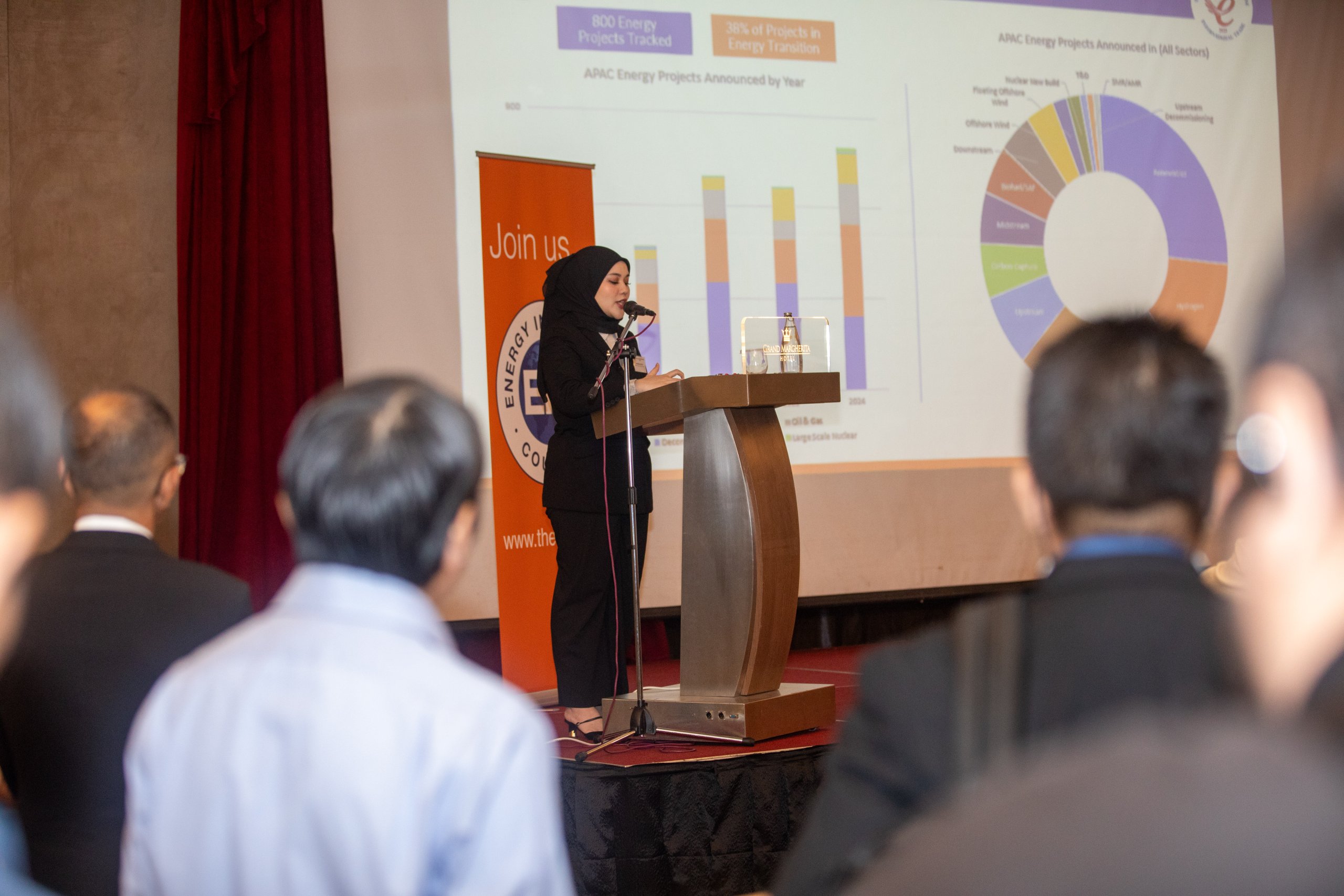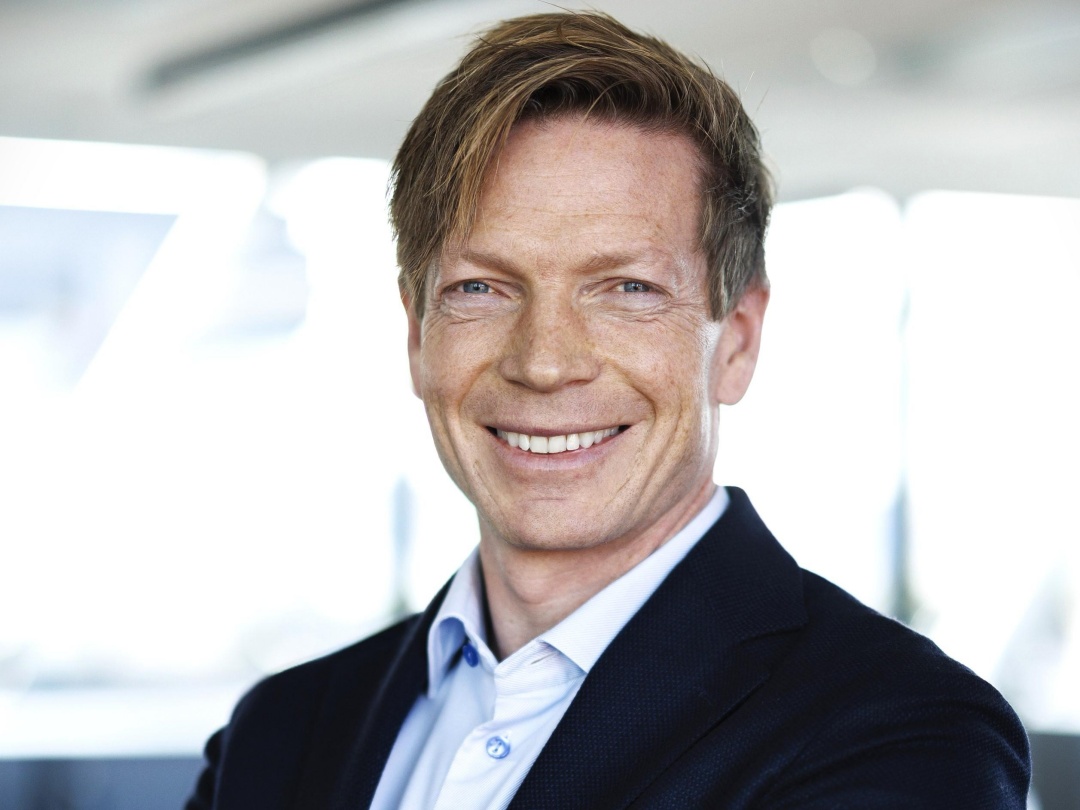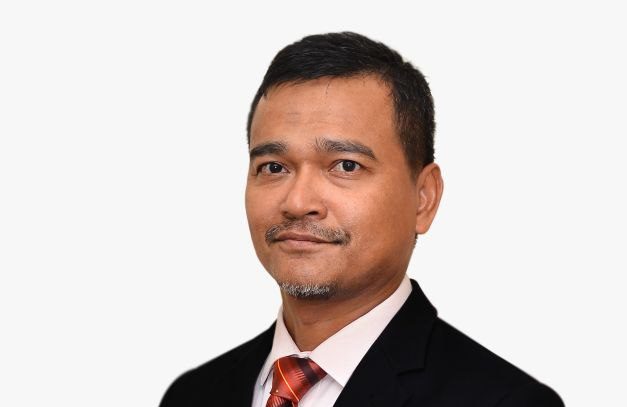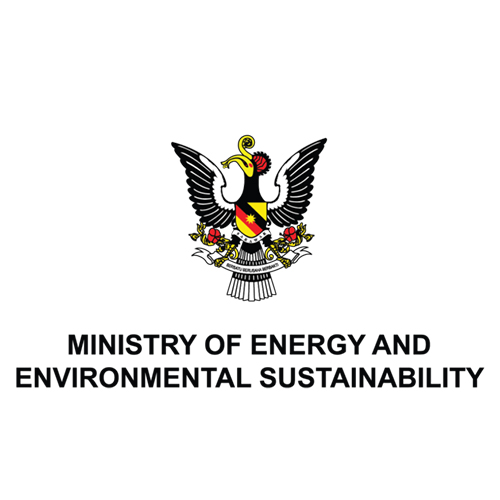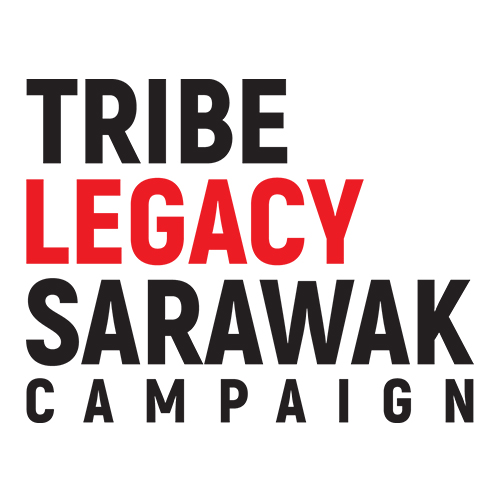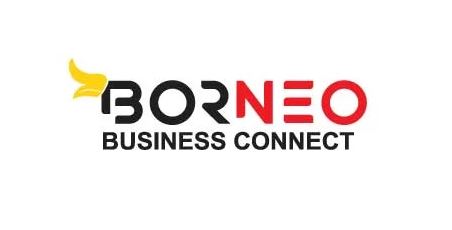KUCHING (Jan 14): Sarawak is solidifying its position as a leader in hydrogen as well as carbon capture and storage (CCS) technologies, with nine major projects currently in development to drive the state’s energy transition agenda.
Energy Industries Council (EIC) energy analyst Hazwani Izzati highlighted Sarawak’s advancements in energy transition technologies which have positioned the state as a future hub for low-carbon energy solutions.
Among the notable projects is the 50-megawatt Batang Ai Floating Solar Farm, Malaysia’s first hybrid renewable energy system, which integrates solar power with the Batang Ai Power Plant.
“Additionally, the H2ornbill and H2biscus projects in Sarawak are expected to produce around 240,000 tonnes per annum of green hydrogen.
“Sarawak also plans to produce close to 2,000 tonnes of green hydrogen for local consumption. To support this scale, SEDC Energy Sdn Bhd is partnering with Gendari to develop shared infrastructure, the Sarawak Hydrogen Hub, including essential pipelines.
“Both projects aim to reach Final Investment Decision this year, after which Engineering, Procurement, and Construction contractors will be selected through a bidding process. The estimated investment for these projects are approximately US$4.2 billion.
“Renewable energy is gaining momentum in Borneo, with each region setting ambition targets to increase clean energy capacity,” she said during the EIC Asia Pacific Annual Breakfast 2025 held at a local hotel here on Tuesday.
Furthermore, she added that Sarawak is establishing itself as the battery of Asean by exporting renewable energy to neighbouring countries, with plans to export up to 1,000 gigawatts of energy to Singapore via 700 kilometres of submarine cables, 70 per cent of which will traverse Indonesian waters.
“Sarawak Energy Berhad had recently achieved a milestone by energising its battery storage project at Sejingkat Power Station, now in its final testing and commissioning phase,” she added.
Hazwani further noted that the Asia-Pacific energy market is witnessing a notable shift, with renewable and energy transition initiatives dominating project announcements in 2024.
According to EIC database, approximately 800 new energy projects were tracked in the region, with 38 per cent focused on energy transition technologies like hydrogen, energy storage, and carbon capture.
Notably, the number of energy transition projects surged from 114 in 2023 to 305 in 2024, representing more than a twofold increase.
Meanwhile, mature renewables including solar and onshore wind make up 26 per cent of the total, signifying its continued importance of foundational components of the clean energy mix.
“Expected investment across energy sectors by 2030 is projected to reach US$2.64 trillion dollars. Mature renewables are expected to see US$765 billion dollars showcasing rapid growth and essential support for the future of green hydrogen,” she said.
